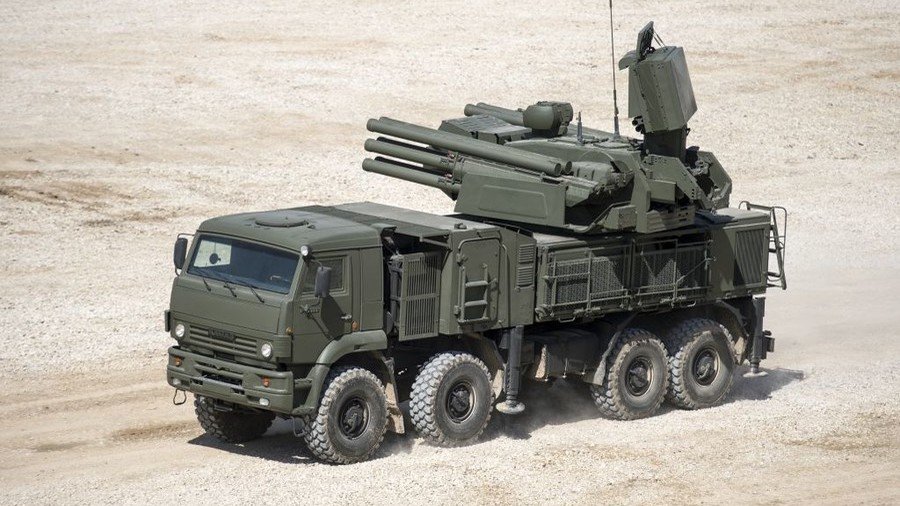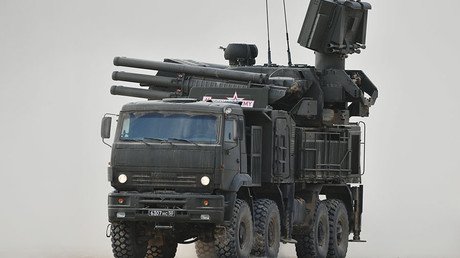'It was either disabled or out of ammo': How Israelis hit the Syrian SA-22 air defense system

A functional SA-22 would never let a missile reach it, a former deputy head of the Russian Air Force told RT. The Russian-made system filmed getting hit by an Israeli missile in Syria was either turned off or out of ammo.
Following a massive airstrike on what it called Iranian targets in Syria on Thursday, the Israel Defense Forces (IDF) have released footage taken aboard a Spike NLOS cruise missile, which is seen hitting what appears to be a Pantsir-S1 (NATO reporting name SA-22 Greyhound) air defense system.
There can be only two possible explanations for a successful strike against a Pantsir-S1: "One is that it had already used up its ammunition reserve. The other is that it was simply turned off; it wasn't battle ready," Aytech Bizhev, a former Russian Air Force Deputy Commander-in-Chief, said.
The IDF struck an SA22 aerial interception system as part of a wide-scale attack against Iranian military sites in Syria pic.twitter.com/dFGXIwMT45
— IDF (@IDFSpokesperson) May 10, 2018
"There can be no third option as it wouldn't have let itself to be destroyed… When it's battle-ready it performs constant surveillance of enemy aircraft and has a very fast reaction time. It would've brought down those cruise missiles with either its cannons or own missiles," he explained.
The Israeli footage shows none of the Syrian Pantsir's weapons were even pointing at the incoming missile. The three human figures standing outside the vehicle in the video, likely the crew, also suggest that it wasn't operational at the time of the attack.
According to Bizhev, the Israeli Air Force used its geographical advantage to catch the Syrian military off guard on Thursday.
"No matter how well-trained your personnel is and how good your hardware is, you know that the fly-in time between Israel and Syria is zero [as the countries have a common border]. Furthermore, the Israeli F15 and F16 fighters carried out the airstrikes without entering the [Syrian] air defense area."
"They approached at low altitudes then bounced from behind the Golan Heights, carried out the attack and left," he added.
According to the expert, the Pantsir-S1 "requires between three to five minutes to go operational." Keeping the systems on full alert at all times is impossible, mainly because it's going to be absolutely exhausting for the crew.
READ MORE: Israeli strikes on Syria raise threat of military confrontation with Tehran – Russian MP
A military observer for the Gazeta.ru website, retired Colonel Mikhail Khodorenok, also pointed out that the Russian-made system wasn't in any way camouflaged or placed in a specially prepared position at the time of the airstrike. "This indicates that the Pantsir- S1 wasn't ready for engagement."
Khodorenok said that incident in Syria doesn't give a reason "to question the high combat capabilities" of the Pantsir-S1 system.
Think your friends would be interested? Share this story!















